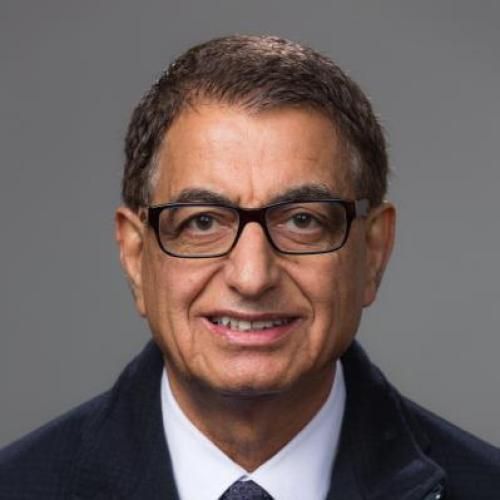
Japan-United States of America Harmonized Assessment by Randomized Multicentre Study of OrbusNEich's Combo StEnt (Japan-USA HARMONEE) study: primary results of the pivotal registration study of combined endothelial progenitor cell capture and drug-eluting stent in patients with ischaemic coronary disease and non-ST-elevation acute coronary syndrome.
AIMS: Harmonized Assessment by Randomized Multicentre Study of OrbusNEich's Combo StEnt (HARMONEE) (NCT02073565) was a randomized pivotal registration trial of the Combo stent, which combined sirolimus and an abluminal bioabsorbable polymer with a novel endoluminal anti-CD34+ antibody coating designed to capture endothelial progenitor cells (EPC) and promote percutaneous coronary intervention (PCI) site healing. METHODS AND RESULTS: Clinically stabilized PCI subjects were randomized 1:1 to receive Combo or everolimus-eluting stents (EES). Between February 2014 and June 2016, 572 subjects with 675 coronary lesions underwent 1-year angiography and fractional flow reserve, with optical coherence tomography (OCT) in the first 140 patients. The primary clinical endpoint was non-inferior 1-year target vessel failure (TVF). The primary mechanistic endpoint of EPC capture activity was superior strut coverage by OCT. Target vessel failure occurred in 7.0% Combo (20/287) vs. 4.2% EES (12/285), a 2.8% [95% confidence interval (95% CI) -1.0%, 6.5%] difference, meeting the non-inferiority hypothesis (P = 0.02). There were no cardiac deaths, with one stent thrombosis observed in the EES group. Quantitative coronary angiography late loss with Combo was equivalent to EES. Optical coherence tomography strut coverage at 1 year was superior with Combo vs. EES [91.3% (95% CI 88.7%, 93.8%) vs. 74.8% (95% CI 70.0%, 79.6%), P < 0.001], with homogeneous tissue in 81.2% vs. 68.8%, respectively. CONCLUSION: Combo stent demonstrated non-inferior 1-year TVF and late loss in a randomized comparison to EES, with superior strut-based tissue coverage by OCT as a surrogate of EPC capture technology activity.
Duke Scholars
Altmetric Attention Stats
Dimensions Citation Stats
Published In
DOI
EISSN
Publication Date
Volume
Issue
Start / End Page
Location
Related Subject Headings
- United States
- Tomography, Optical Coherence
- Single-Blind Method
- Recurrence
- Percutaneous Coronary Intervention
- Non-ST Elevated Myocardial Infarction
- Myocardial Ischemia
- Middle Aged
- Male
- Japan
Citation

Published In
DOI
EISSN
Publication Date
Volume
Issue
Start / End Page
Location
Related Subject Headings
- United States
- Tomography, Optical Coherence
- Single-Blind Method
- Recurrence
- Percutaneous Coronary Intervention
- Non-ST Elevated Myocardial Infarction
- Myocardial Ischemia
- Middle Aged
- Male
- Japan



